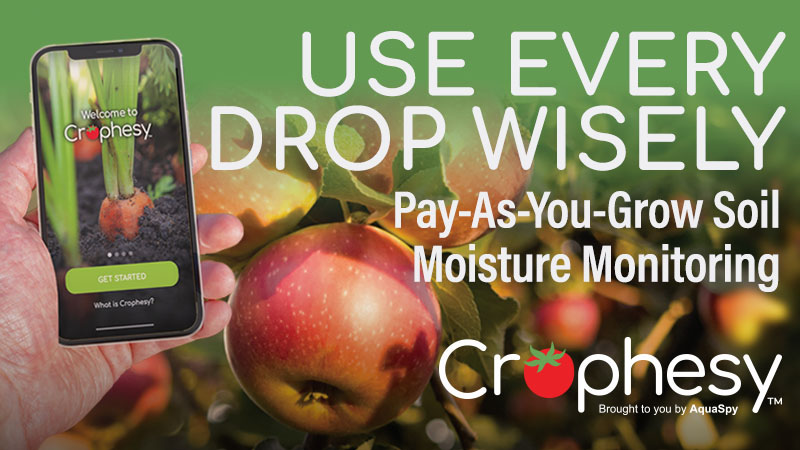Can You Get a Healthier Tomato by Turning up the Heat?
There might be a relatively easy way for growers to get even more nutrition from tomato crops. Research results say, turn up the heat. No, seriously. Turn it up.
In new research led by University of Florida Horticultural Sciences Professor Jeffrey Brecht, scientists put tomatoes in really hot water and found it increased the red ripe look in tomatoes. By doing this, they also increased phenolics and carotenoids — major types of antioxidants.
While packinghouses already treat tomatoes with hot water before shipping them to supermarkets (to clean them and prevent possible diseases), the heat treatment for this study was a touch more extreme.
“The idea is that tomatoes have a certain genetic potential for antioxidant production that isn’t always realized,” Brecht says. “That’s because tomatoes — all plants actually — produce antioxidants to deal with stress, and they produce more antioxidants the more stress they experience.”
For the study, researchers with UF/IFAS and USDA’s Agricultural Research Service applied increased heat to stimulate tomatoes. According to the research abstract, optimal results were achieved via application of a hot water treatment of nearly 126°F for 5 minutes, followed by exposure to ethylene at 95°F for 48 hours.
Carotenoids include pigments. One is lycopene, which makes tomatoes red.
“So, in encouraging the tomatoes to make more antioxidants, we gave them a more red pigment,” he said. “But the major response to the heat stress was the production of phenolics, which are powerful antioxidants, but they are usually colorless.”
Researchers used a test that measures antioxidant capacity, but they also measured different types of antioxidant compounds to reach their conclusions.
Brecht describes the concept as “basic tomato physiology,” so the study’s methods apply to tomatoes, not just in Florida, but across the U.S.
Click here to find out more details about the study.









